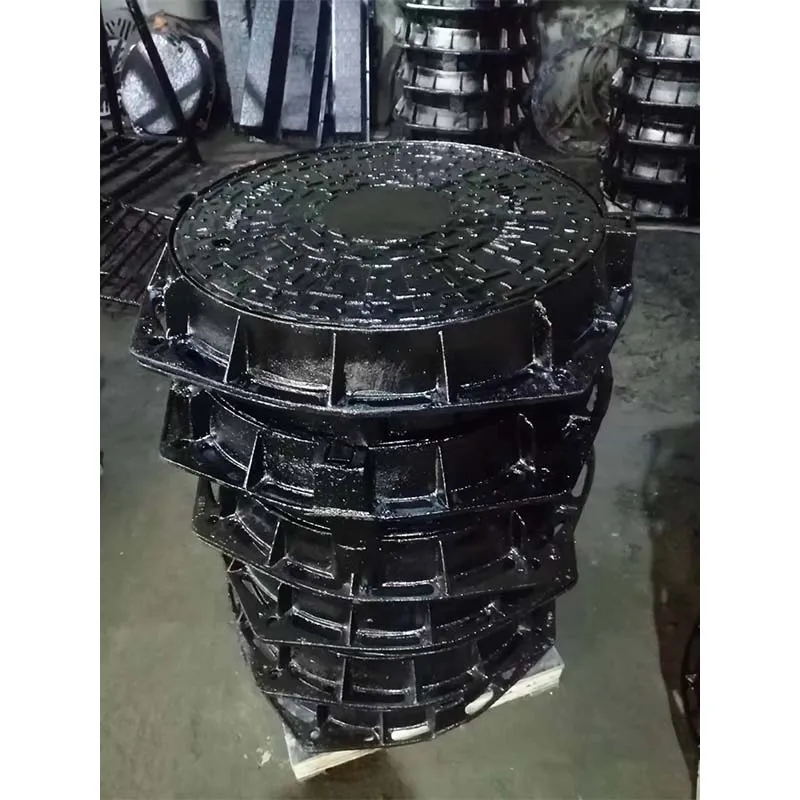Pneumatic Actuator Controlled Butterfly Valve for Efficient Flow Regulation and Control
Pneumatic Actuator Operated Butterfly Valve An Overview
Butterfly valves are widely used in various industries for regulating and controlling the flow of fluids. They are particularly favored for their simplicity, compact design, and efficiency. One of the most common driving mechanisms for these valves is the pneumatic actuator. This article delves into the features, advantages, applications, and operation of pneumatic actuator-operated butterfly valves.
What is a Butterfly Valve?
A butterfly valve consists of a rotating disk or vane that is mounted on a shaft. When the valve is opened, the disk rotates within the flow stream, allowing fluid to pass through. When closed, the disk sits perpendicular to the flow, effectively sealing and preventing passage. This design allows for quick opening and closing, which is crucial in numerous applications.
The Role of Pneumatic Actuators
Pneumatic actuators utilize compressed air to produce motion. In the context of butterfly valves, the actuator is connected to the valve's shaft, imparting rotational movement. The pneumatic actuator can offer rapid response times and allows for remote operation, making it ideal for automated systems in industrial processes.
Advantages of Pneumatic Actuator Operated Butterfly Valves
1. Speed and Efficiency Pneumatic actuators provide quick opening and closing action, which is essential in applications requiring rapid control over flow rates. Their efficiency in operation helps reduce the overall time needed for system responses.
2. Simplicity and Compactness The design of butterfly valves combined with pneumatic actuators is inherently simple, consisting of fewer moving parts compared to other valve types. This simplicity often translates into a more compact installation, saving space and minimizing the overall footprint in a facility.
3. Low Torque Requirements The design of the butterfly valve means that it requires relatively low torque to operate compared to other valve types like ball or gate valves. This results in lower energy consumption and reduced mechanical strain on the actuator.
4. Versatile Application These valves are suitable for various applications, including water treatment, chemical processing, HVAC systems, and food processing. Their ability to handle multiple types of fluids, from water to corrosive chemicals, makes them a versatile choice for many industries.
5. Safety and Reliability Pneumatic systems provide a fail-safe mechanism. In the event of a loss of air pressure, many pneumatic actuators can be designed to return to a fail-closed or fail-open position, offering enhanced safety for critical processes.
Common Applications
pneumatic actuator operated butterfly valve

Pneumatic actuator-operated butterfly valves are prevalent in various sectors
- Water and Wastewater Treatment In these applications, butterfly valves help control flow and pressure, contributing to efficient treatment processes.
- Chemical Processing The ability to handle corrosive liquids efficiently makes these valves ideal for the chemical industry.
- Food and Beverage Industry Cleanability and efficiency in controlling processing fluids give these valves a significant advantage in food production environments.
- HVAC Systems They are used extensively in heating, ventilation, and air conditioning systems for regulating airflow.
Operation of Pneumatic Actuator Bush Butterfly Valves
The operation of a pneumatic actuator butterfly valve involves several key components the valve body, the butterfly disk, the actuator, and control systems. When a control signal is sent to the actuator, it opens the valve by rotating the butterfly disk.
1. Opening and Closing The pneumatic actuator controls the air supply to the actuator, determining the direction of disk rotation. The precise control over the pneumatic pressure enables smooth operation across a wide range of flow conditions.
2. Feedback Systems Modern applications often incorporate feedback systems that allow operators to monitor valve position and performance, ensuring that operations remain within specified parameters.
3. Integration with Control Systems For enhanced automation, pneumatic actuator-operated butterfly valves can be integrated into broader control systems, allowing for real-time monitoring and adjustments based on varying process conditions.
Conclusion
Pneumatic actuator-operated butterfly valves are critical components in the effective management of fluid systems across multiple industries. Their efficient operation, combined with the robust performance of pneumatic actuation, provides significant advantages in terms of speed, reliability, and versatility. As industries continue to seek automation and improved efficiency, the demand for these valves is expected to grow, solidifying their role in the future of fluid control technology.
-
The Smarter Choice for Pedestrian AreasNewsJun.30,2025
-
The Gold Standard in Round Drain CoversNewsJun.30,2025
-
The Gold Standard in Manhole Cover SystemsNewsJun.30,2025
-
Superior Drainage Solutions with Premium Gully GratesNewsJun.30,2025
-
Superior Drainage Solutions for Global InfrastructureNewsJun.30,2025
-
Square Manhole Solutions for Modern InfrastructureNewsJun.30,2025
-
Premium Manhole Covers for Modern InfrastructureNewsJun.30,2025
